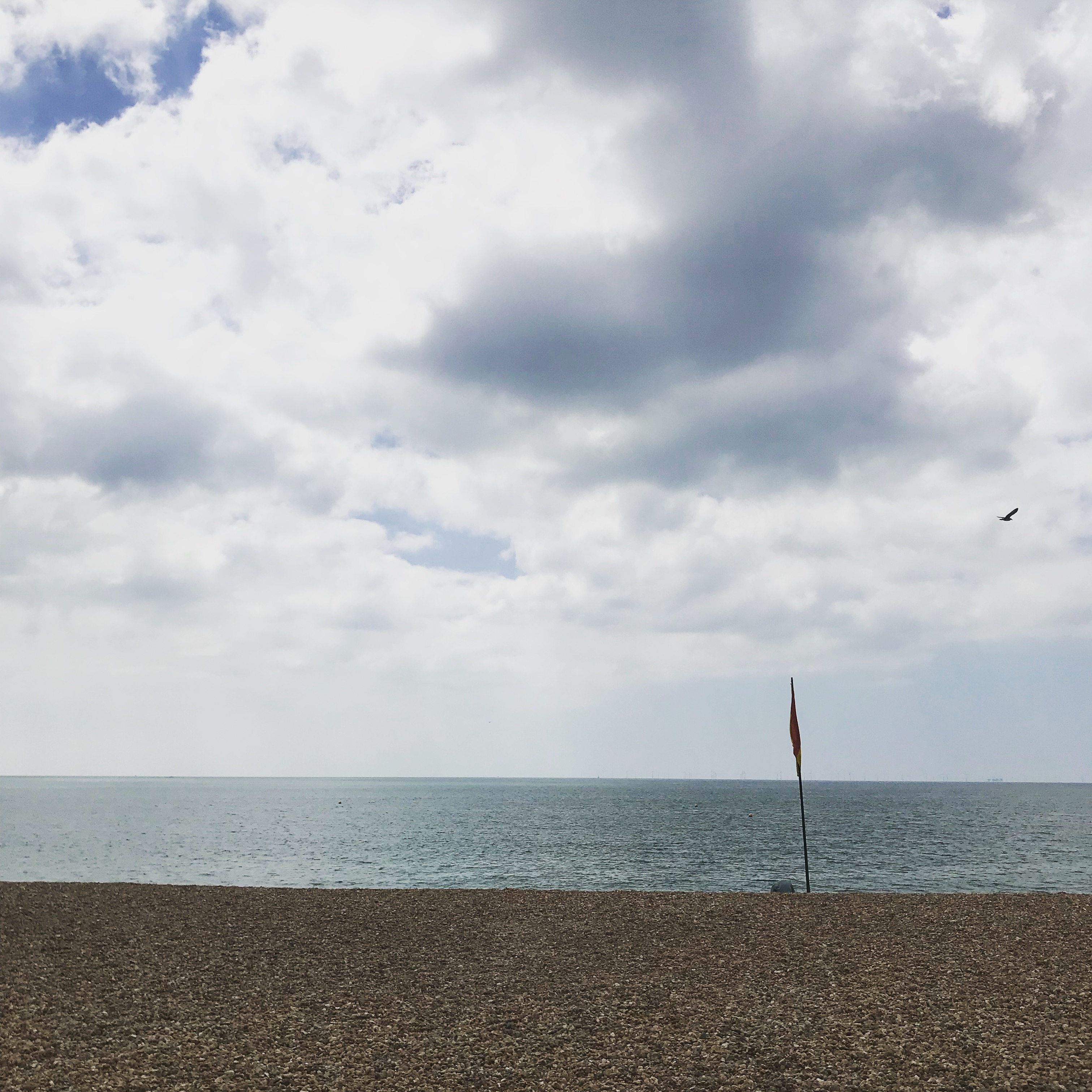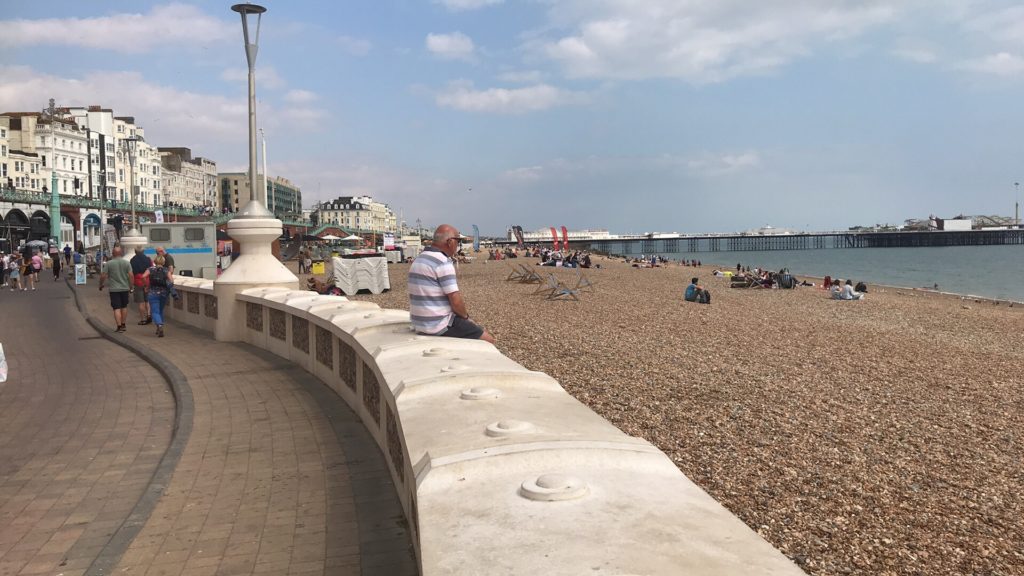
Five Quick Sound Design Tips from Game Sound Design
In July I attended Develop: Brighton, the UK’s biggest conference for game developers, held in Brighton, England. One day of the conference is dedicated to audio in games, with lectures from audio directors and sound designers covering everything from how to get the best performance from voice actors, to sound effects creation and video game music tropes.
Every year I come away from the lectures with useful tidbits which I’ve found can easily apply to sound design in general. Here are five short and sweet takeaways from this year:
It’s not always about the noise
I know I often fall into the trap of feeling a soundscape has to have a ton of layers to be effective. Shannon Potter (Formosa Interactive), who worked on The Last of Us and Uncharted 4 talked about how sparse sounds can help to enhance a particular emotion, and it was a good reminder that sometimes the most effective sound design for a scene includes a lot of space and silence. In a particular cutscene that she played from The Last of Us, a low drone, the background whistling of winter wind and an intermittent sink drip were all that was needed to create an intense feeling of isolation, which supported the bleak nature of the scene.
To get the best out of voice actors, tell them how to feel, not what to say
Line reads (where you perform the line to the actor and ask them to mimic you) will never give you a truthful performance. Experienced game voice director and actor Stephane Cornicard discussed how helping an actor to understand character location (outside/inside, far away/up close) and intention in a scene (what does the character want?) will produce a far more connected performance than saying “just read it like this.”
Transitions are your friend
Effective audio transitions can help maintain immersion in any media and particularly in VR, where scene transitions between environments can be jarring for the player. Listening to Andrew Quinn’s (Rocksteady) lecture about how he and his team used audio to support the story Batman: Arkham VR, I was reminded how important a seamless transition could be even for non-visual experiences like audio drama. It’s so easy to throw a listener out of the experience with a clumsy transition, and a classic whoosh won’t always cut it.
Get creative with your sources
Philip Eriksson (EA Dice) talked about creating unique audio signatures for the signature power move (weapon attack sound) for characters in Star Wars: Battlefront 2. Baby alligator roars, slinky movements, and kittens all contributed in some way, which certainly demonstrated some out-of-the-box thinking. I was particularly interested in Eriksson’s description of how he used his own vocalisations to capture a rough idea of the pitch and sound envelope, as a starting point for many of the eventual designs.
Make your music meaningful
We know that music should be more than just a background element in any narrative audio medium, be it film/TV, audio drama, or games. Effective use of music can transform the experience for the viewer or player, just as ineffective usage can destroy it. What I hadn’t considered is how the active integration of music within games can lead to a more meaningful experience. Watching composer Oliver Derivative’s examples of how musical elements were placed within the game environment for Get Even, I could clearly see and hear how the tight integration between the music and the gameplay (door knocks and gunshots timed with music, for example) really helped to draw you into the game as a player.
I’ve seen great examples of similar cohesion of music and sound design in film and TV, and it made me consider how the same approach could be applied to audio drama. Sound designers and composers often work quite separately on an audio drama – both liaising with the director about the design and music, but only with each other at the mixing stage. Are audio dramas better served by sound designers and composers working more collaboratively from the start? I’m sure there are several that work in this way already, not to mention the sound designer/composers that perform both roles. It would be an interesting exercise to compare the different styles of working to hear the differences.
I’m a big fan of learning from other disciplines and my day at Develop always inspires me to try new things in my own sound design projects. If you get the chance, go out and listen to experts in a different field speak about their projects. If nothing else, it could make you hear things in a different way – and that’s always worthwhile.
